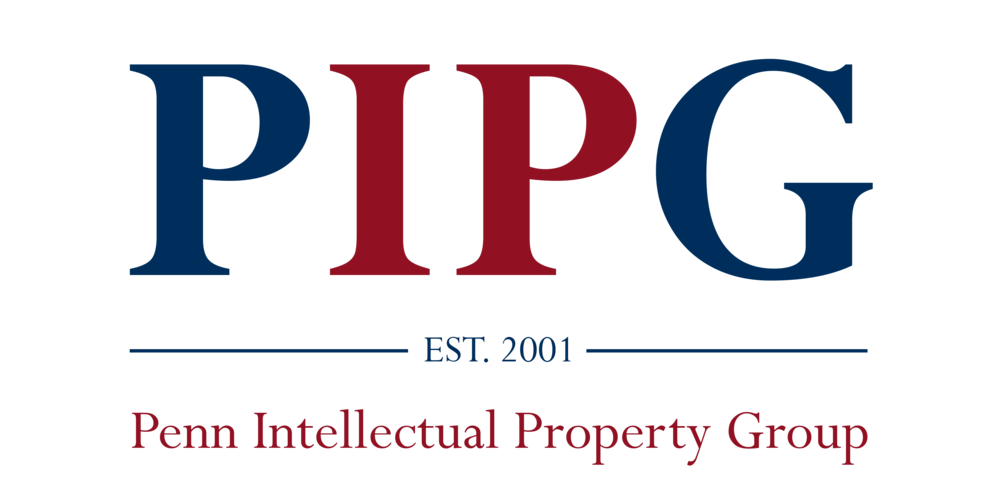By Kevin Seltzer, L’24
On November 10th, the Penn Intellectual Property Group and Penn Carey Law School’s Center for Technology Innovation and Competition hosted a panel discussion about the legal landscape of patent law’s section 101. The provision, which sets the scope of what innovations are eligible to receive patent protection, has received increased scrutiny as courts, practitioners, and industry actors have struggled to apply Supreme Court precedent.
David Taylor—Professor of Law at the SMU Dedman School of Law and the founder and co-director of SMU’s Tsai Center for Law, Science, and Innovation—kicked of the discussion with a brief overview of the history of the Patent Act and how patent eligibility evolved through changes to the statute, and ultimately, the Supreme Court’s decisions in Mayo,Myriad, and Alice. For the remainder of the event, the panel discussed how the current eligibility framework has led to uncertainty in patent litigation, patent prosecution, patent examination, and for industry actors.
Gabriel Bell, who is a Partner at the Washington D.C. office of Latham and Watkins in their IP, Supreme Court, and Appellate practice groups, described how the intra-case uncertainty surrounding how the Supreme Court would develop the doctrine on patent eligibility evolved into case-by-case uncertainty in how courts should apply the doctrine. Bell noted that the initial wave of ineligibility findings post Alice seemed to have reached both substantive and procedural inflection points in the Enfish and Burkheimer decisions, respectively. Since the Supreme Court’s surprise denial of certiorari in American Axle, questions remain for actors looking to litigate their patents including whether they are susceptible to a 101 defense, when that defense will be brought, and whether it would survive review at the Federal Circuit.
Speaking to the uncertainty for patent prosecutors, Usman Khan—an associate at the Washington D.C. office of Fish & Richardson—described the state of eligibility law as challenging and frustrating. Khan explained that a § 101 rejection on a patent application poses an uphill battle for prosecutors as it signals skepticism from the examiner. The frustration originates from the sense that the § 101 standard has been applied differently on an examiner-by-examiner basis. Khan also spoke to the challenge of prosecuting an application when the law is in a state of flux. Prosecutors, Khan said, should be mindful of how the record that they create may affect litigation years down the line when the eligibility standard may well have changed.
Panel moderator Waseem Moorad spoke to how patent examiners responded to uncertainty in the eligibility. Moorad, who is a Visiting Practice Assistant Professor and Director of Penn’s Detkin IP & Technology Clinic, served at the United States Patent and Trademark Office for fifteen years as a patent examiner and supervisory patent examiner. In that time, Prof. Moorad saw the Patent Office react to the Supreme Court’s eligibility decisions. In the ensuing confusion, Prof. Moorad worked on the Patent Examination Guidance (“PEG”) documents that sought to obtain consistent eligibility interpretation across examiners. Prof. Moorad saw the PEGs as a successful step along the path to clarity in the § 101 landscape.
Finally, Professor Taylor discussed research he conducted on how investors have responded to the uncertainty in the eligibility landscape. Focusing on the biotech industry, Professor Taylor conducted a survey of venture capitalists and private equity firms and found that, as a result of uncertainty surrounding patent eligibility—particularly after Mayo and Myriad found certain diagnostics tools ineligible—there was a noted shift away from investment in life sciences industries. This policy failure suggests the potential need to change eligibility law to better promote innovation.
The panel concluded with discussion about how the U.S.’s system compares to other patent systems around the world and how that may inform future revision of the eligibility standard. The discussion zeroed in on the European Patent Convention’s inclusion of certain negative categories in its eligibility provision. The panel considered how including similar classes of unpatentable subject matter in the statute might add some clarity to US Patent Law.
PIPG looks forward to hosting our annual symposium in Spring 2023 and other events related to intellectual property and technology law throughout the year.
